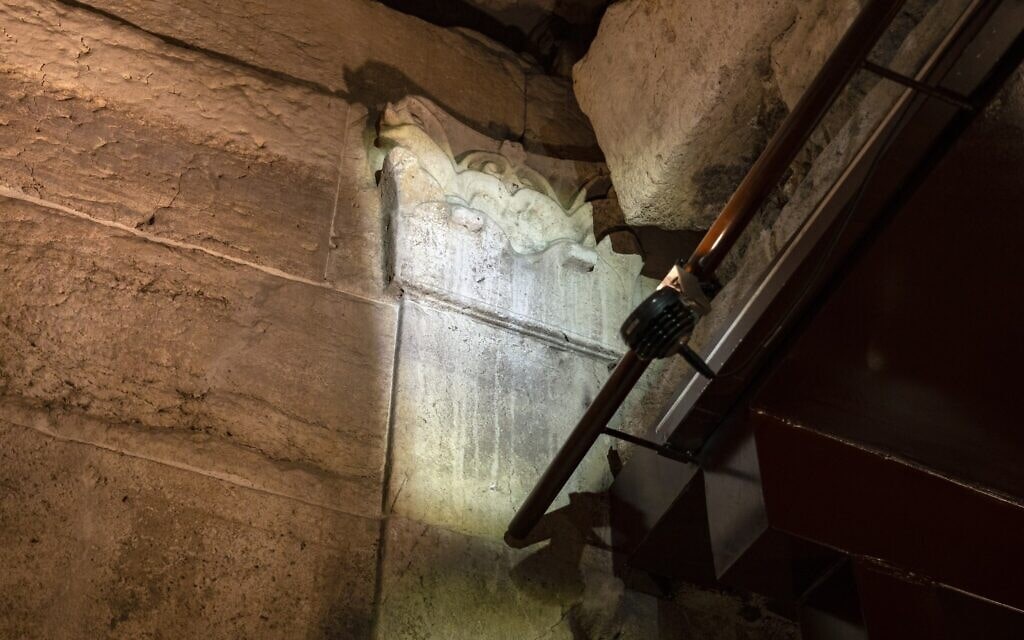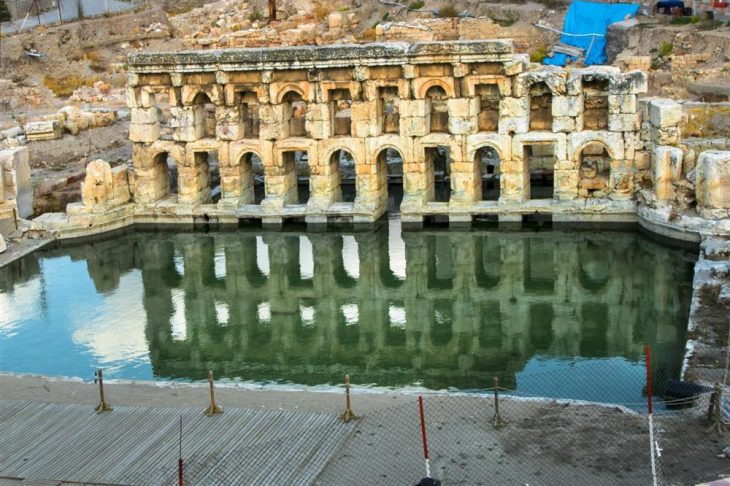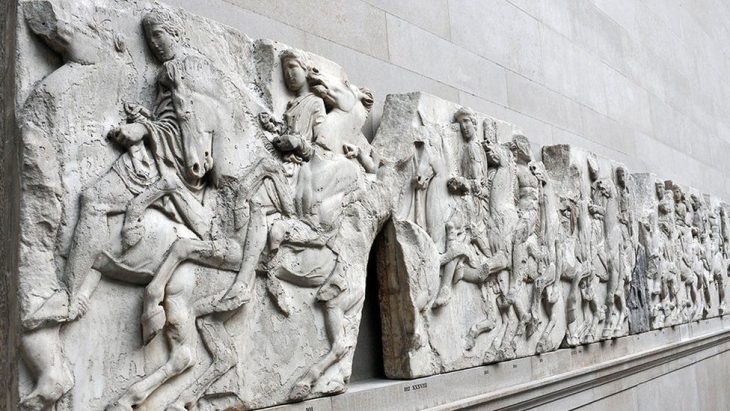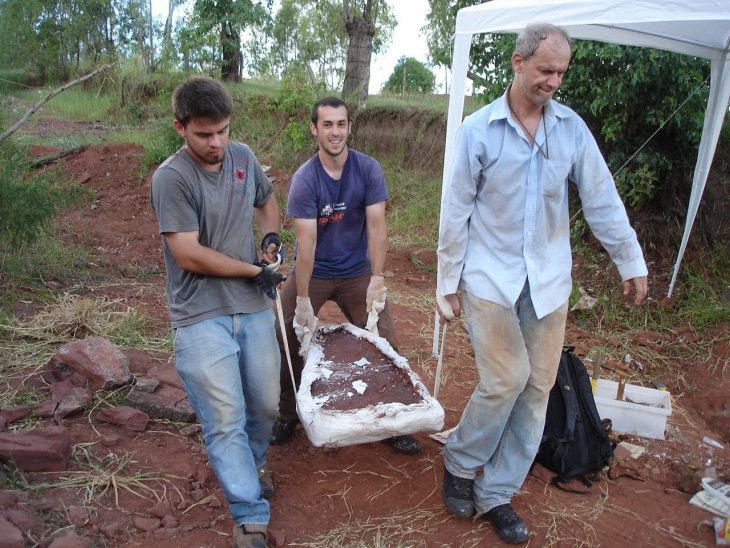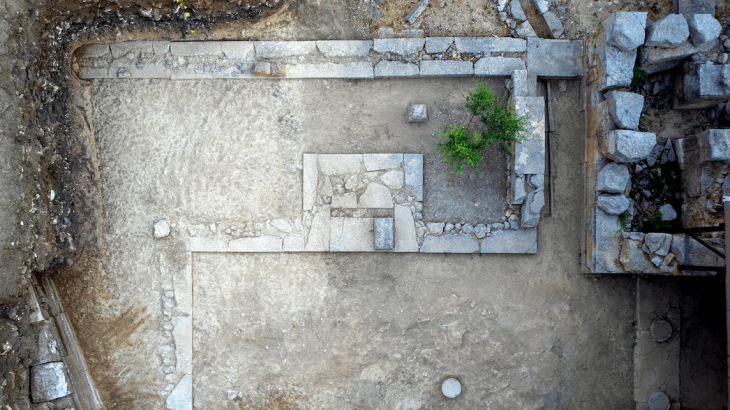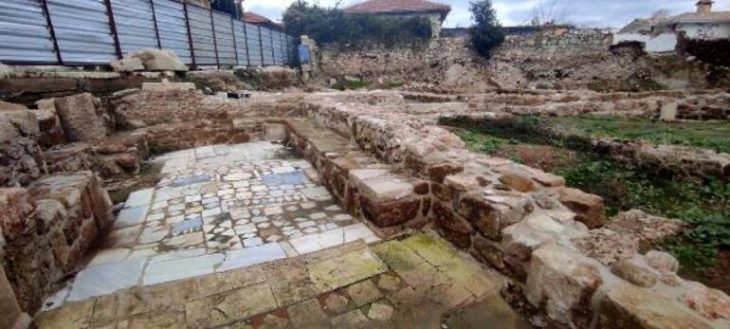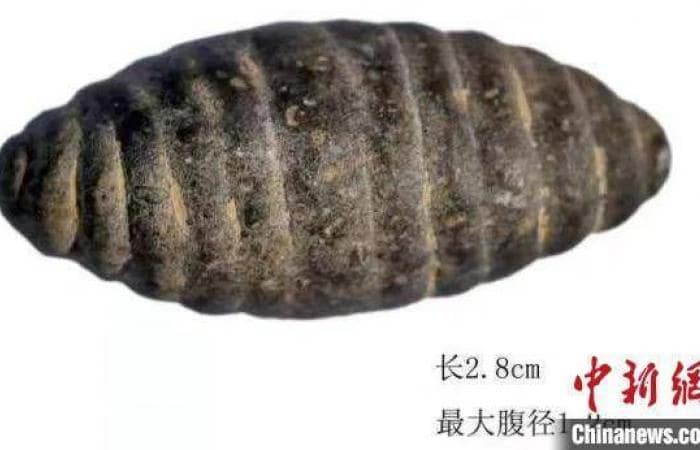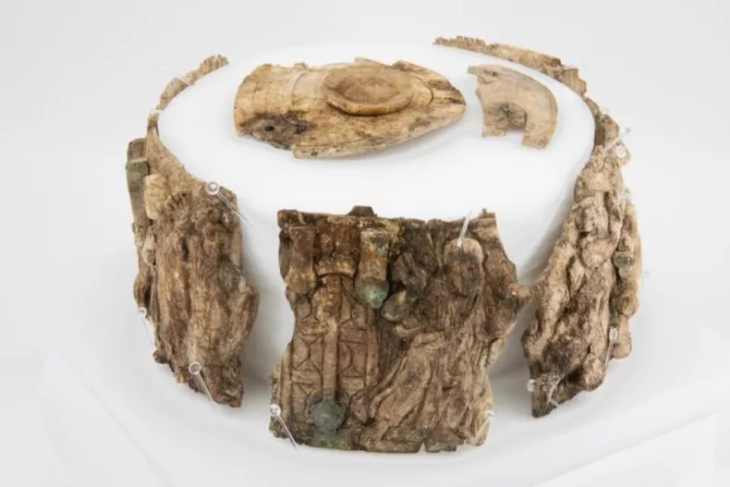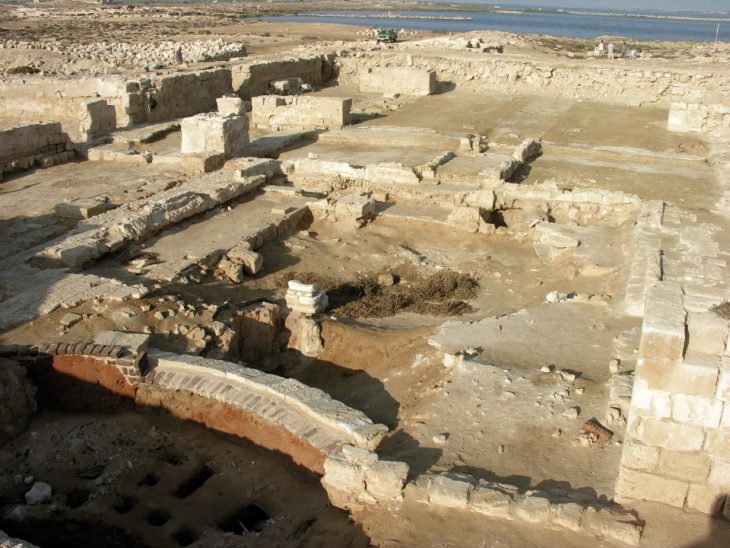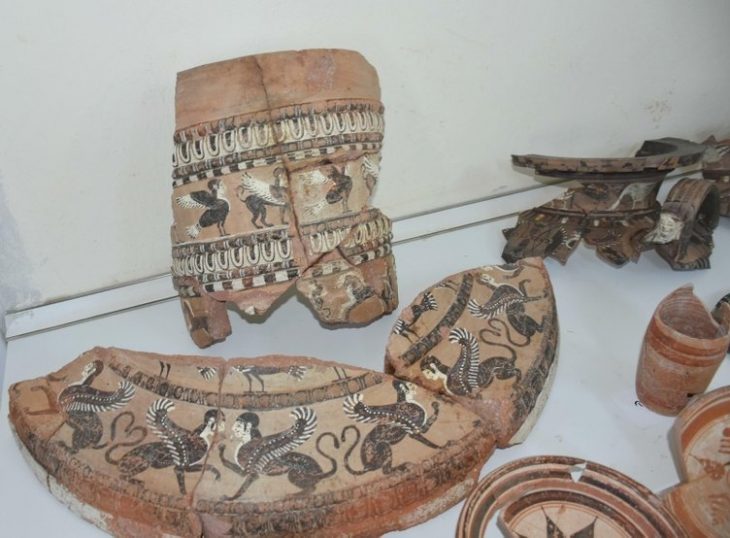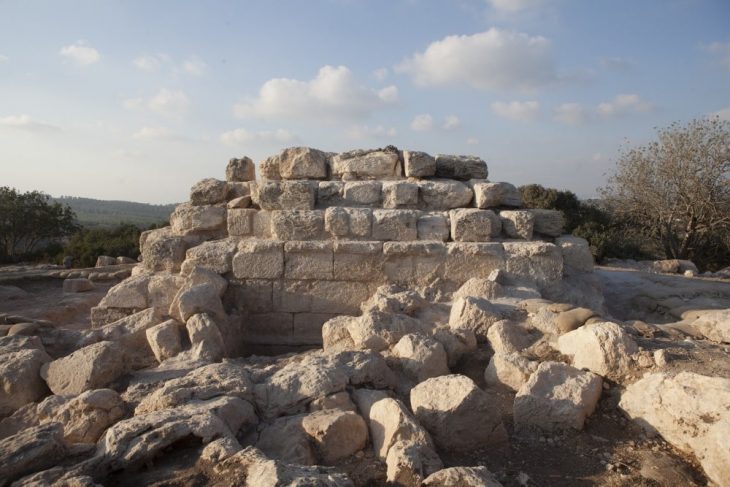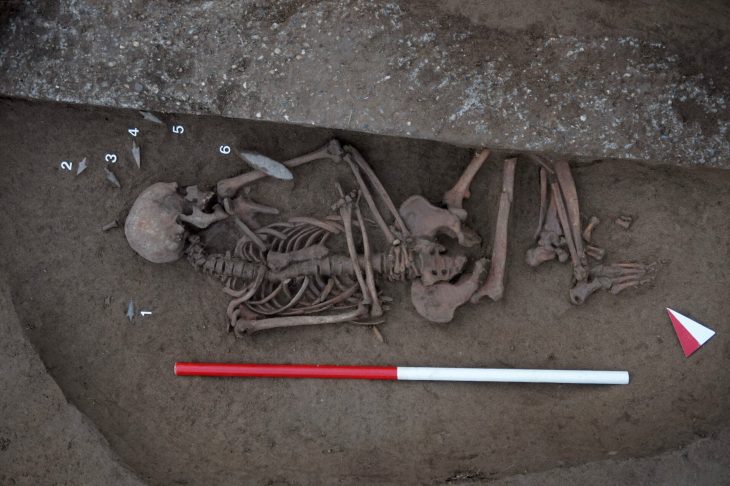An important 2,000-year-old public building has been unearthed near the wailing wall in Israel.
Archaeologists from the Israel Antiquities Authority discovered what seems to be a 2,000-year-old city hall structure — just a few hundred meters from its modern equivalent — during ongoing excavations beneath Jerusalem’s Old City.
The magnificent building is a new addition to the Western Wall Tunnels Tour, which allows visitors to see the millennia-old metropolis that lives in a time warp under today’s bustling capital.
According to the IAA, the Roman-era edifice stood off a prominent road leading to the Temple Mount and was used as a triclinium, or eating room, for significant members of society on their way to worship.
The massive structure will soon be open to the public as part of the Western Wall Tunnels Tour, which has been redesigned to create new paths and experiences based on several new routes that cut through thousands of years of history, as well as today’s modern use of parts of the tunnels as prayer and event halls.
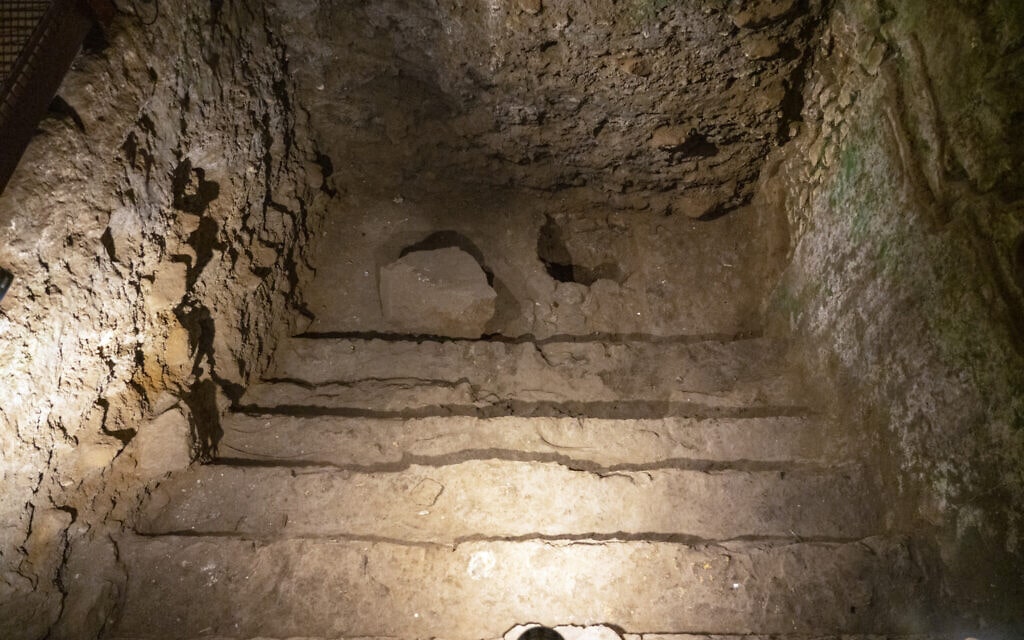
“This is, without doubt, one of the most magnificent public buildings from the Second Temple period that has ever been uncovered outside the Temple Mount walls in Jerusalem,” said excavation director Dr. Shlomit Weksler-Bdolach in an IAA press release on Thursday.
The stunning building, which was originally built with an elaborate water fountain and beautiful Corinthian capitals, experienced a series of structural alterations throughout its 50 years of usage prior to the destruction of the Second Temple in 70 CE, Weksler-Bdolach told The Times of Israel.
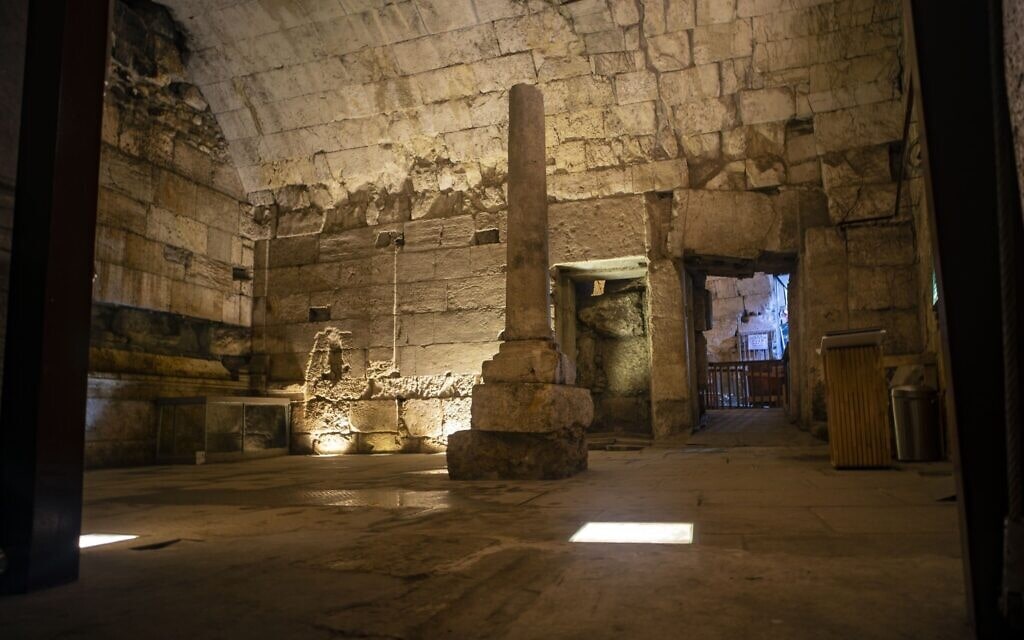
According to Weksler-Bdolach, originally archaeologists had thought the “city hall” was constructed during the earlier Hasmonean period.
However, after taking some ancient floors and carbon-14 dating of the organic materials at the bottom of the building, as well as the discovery of coins and pottery fragments, archaeologists determined the time frame of this gorgeous building to be no earlier than 20 AD. She pointed out that because the site was only partially excavated to protect other important underground structures from other eras, it is more challenging to accurately date and research it. “Every building is important; we cannot take all the buildings apart,” she said.
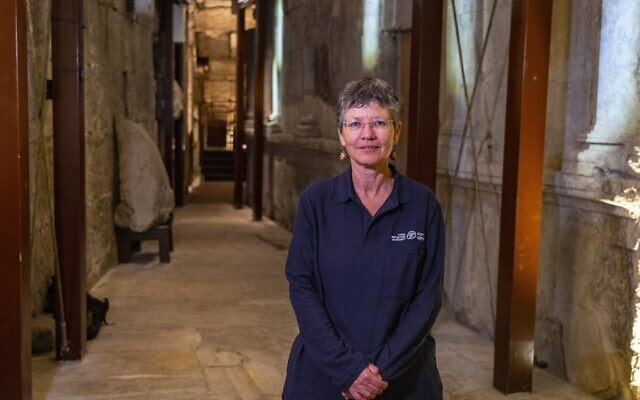
What archaeologists know is that during its 50-year occupation, Weksler-Bdolach said that this large public building was divided into three different spaces, the fountain was decommissioned, and what appeared to be a ritual bath or mikveh was added. Just before the destruction of Jerusalem.
Despite the obvious Roman influence on the structure’s architecture, Jerusalem was still a culturally Jewish city at the time, according to Weksler-Bdolach. The embellishments found in the areas — a carved cornice with pilasters (flat supporting pillars) — did not feature graven images, which are forbidden by the Torah.
She said the hall was likely used by city, versus Temple, officials who wanted to impress their guests.
“Visitors to the site can now envisage the opulence of the place: the two side chambers served as ornate reception rooms and between them was a magnificent fountain with water gushing out from lead pipes incorporated in the midst of the Corinthian capitals protruding from the wall,” said Weksler-Bdolach in the press release.

